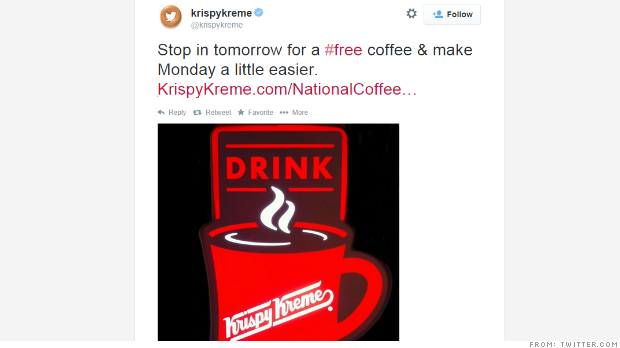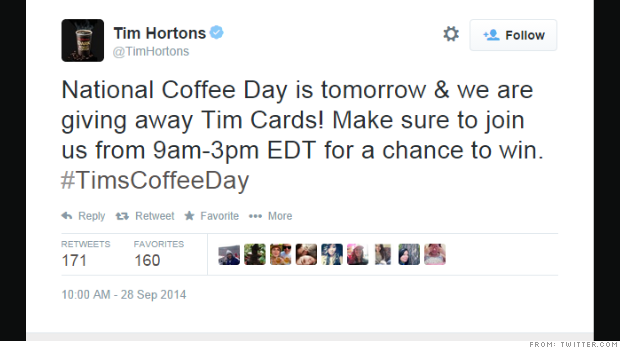
Tough questions followed Prospect Capital (NASDAQ: PSEC ) into Monday's conference call after the business development company reported disappointing fourth-quarter earnings.
Here are some of the most important takeaways from the call.
1. This quarter's results could be equally poor
It may seem too soon to think about earnings for the current quarter, which ends just a little over one month from today. But it seems like the quarter will be difficult, too.
On the conference call, President and COO Grier Eliasek said new investments were running lower than normal: "We have booked $239.1 million in originations so far in the current September quarter. Net of $322.3 million of repayments, our net repayment so far this quarter is $83.2 million."
Fewer originations underlied lackluster performance in the fourth quarter. Lower originations mean lower origination- and structuring-fee income, which were a vital portion of Prospect's historical earnings sources.
In the fourth quarter, Prospect Capital missed earnings expectations on $444 million in new investments. This quarter, Prospect Capital is on track to complete even fewer deals.
2. The company wants out of lower-yielding assets
Prospect Capital shares currently yield a little over 12%. Naturally, the low-yielding assets on its balance sheet are doing very little to support that dividend yield.
According to Eliasek, "We have some first-lien, senior secured assets yielding in the range of 6% to 7% which acts as an overall drag on our weighted-average yield and we are looking to potentially exit those while retaining administrative control and stewardship of the same credits."
Later, he provided some more detail into how Prospect would seek to shift these assets off the balance sheet: "We would actually do so in a way so that our assets would be primarily qualifying at least as one of the key strategies we're looking at."
What does this mean for shareholders? First, selling loans yielding 6%-7% to buy double-digit-yielding assets would clearly help support the current dividend. Selling them in a way that allows Prospect Capital Corporation to collect a management fee on the assets would be even better. This is nothing new; it's been the company's plan for two quarters.
Alas, Eliasek's second comment about making sure the assets are qualifying rules out a senior secured lending program -- a strategy employed by competitors including Golub Capital (NASDAQ: GBDC ) and Ares Capital (NASDAQ: ARCC ) .
Admittedly, I'm perplexed as to how Prospect Capital plans on managing these assets in a way that makes them qualifying assets for a business development company structure. At any rate, it's certain that rotating out of lower-yielding investments to higher-yielding investments should help ongoing net investment income.
3. The dividend is at risk
Prospect Capital earned less than it paid out in dividends in every quarter of 2014. Now, with spillover income (retained earnings) in decline, the company will either need to start earning its dividend, cut its dividend, or maintain its dividend by making return of capital distributions.
When asked if Prospect Capital would maintain the dividend, even if it meant returning capital to shareholders, Eliasek explained the company's viewpoint: "Our policy strategy is to focus on paying out dividends out of taxable earnings and to avoid return of capital distributions over the long term, and we do have a spillback available to us to support that. But we also have catalysts which we hope will drive our earnings going forward."
Catalysts mentioned were rotating out of lower-yielding investments, reducing Prospect Capital's borrowing costs, and selling non-income-producing control investments to buy yielding assets.
Analysts further peppered management with questions about the sustainability of the dividend, but the answer remained that Prospect Capital would address dividends at a later time.
4. New at-the-market stock sales appear unlikely
Growing the balance sheet by selling new shares to the public has been one of Prospect Capital's most important sources for driving income. New stock sales mean more capital, which brings new investments, along with their accompanying origination and structuring fees.
When asked if there was any time frame for initiating at-the-market stock sales, Grier Eliasek answered plainly that, "No, we haven't made any final determinations yet on that ... and it will be against an opportunity set that we see in the market."
5. Dividend income might displace interest income
The annual earnings report revealed that Prospect Capital lowered interest rates on loans made to its control companies. This would obviously result in lower interest income, but Eliasek noted that it could be offset by larger dividends.
"[L]est you think that some others going to be a -- some downtick in income from those companies," he said, "remember these are companies where we own a significant portion of the equity as well and have the ability to take recurring distributions and do so for many of those."
The message here is that what is lost in interest income might flow through as dividend income. This will be something to watch carefully in future quarters.
All in all, it was an interesting, if perplexing, conference call. On one hand, Prospect Capital has paid the largest dividend of any BDC for quite some time. On the other, it seems as though the yield may come into question in January 2015 -- the next month for which the company hasn't yet declared a dividend.
Top dividend stocks with yields that grow over time
The smartest investors know that dividend stocks simply crush their nondividend-paying counterparts over the long term. That's beyond dispute. They also know that a well-constructed dividend portfolio creates wealth steadily, while still allowing you to sleep like a baby. Knowing how valuable such a portfolio might be, our top analysts put together a report on a group of high-yielding stocks that should be in any income investor's portfolio. To see our free report on these stocks, just click here now.
 Americans sure are fond of their coffee. NEW YORK (CNNMoney) Isn't everyday national coffee day? Well, yes. But Monday is "National Coffee Day."
Americans sure are fond of their coffee. NEW YORK (CNNMoney) Isn't everyday national coffee day? Well, yes. But Monday is "National Coffee Day." 



 Charlene Ingram, a single mother of four, has $125,000 in student loan debt. NEW YORK (CNNMoney) Occupy Wall Street has been on a debt-abolishing tear lately -- recently buying nearly $4 million in student loans from debt collectors and then forgiving it.
Charlene Ingram, a single mother of four, has $125,000 in student loan debt. NEW YORK (CNNMoney) Occupy Wall Street has been on a debt-abolishing tear lately -- recently buying nearly $4 million in student loans from debt collectors and then forgiving it.  Sen. Warren cites CNNMoney story in hearing
Sen. Warren cites CNNMoney story in hearing 